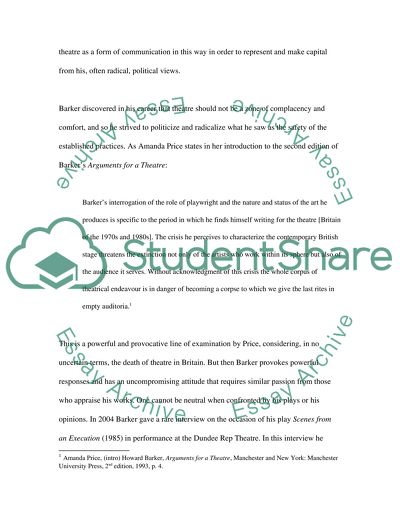Cite this document
(“Howard Barker's ''The Castle'' Book Report/Review”, n.d.)
Retrieved from https://studentshare.org/literature/1522031-howard-barkers-the-castle
Retrieved from https://studentshare.org/literature/1522031-howard-barkers-the-castle
(Howard Barker'S ''The Castle'' Book Report/Review)
https://studentshare.org/literature/1522031-howard-barkers-the-castle.
https://studentshare.org/literature/1522031-howard-barkers-the-castle.
“Howard Barker'S ''The Castle'' Book Report/Review”, n.d. https://studentshare.org/literature/1522031-howard-barkers-the-castle.


